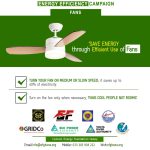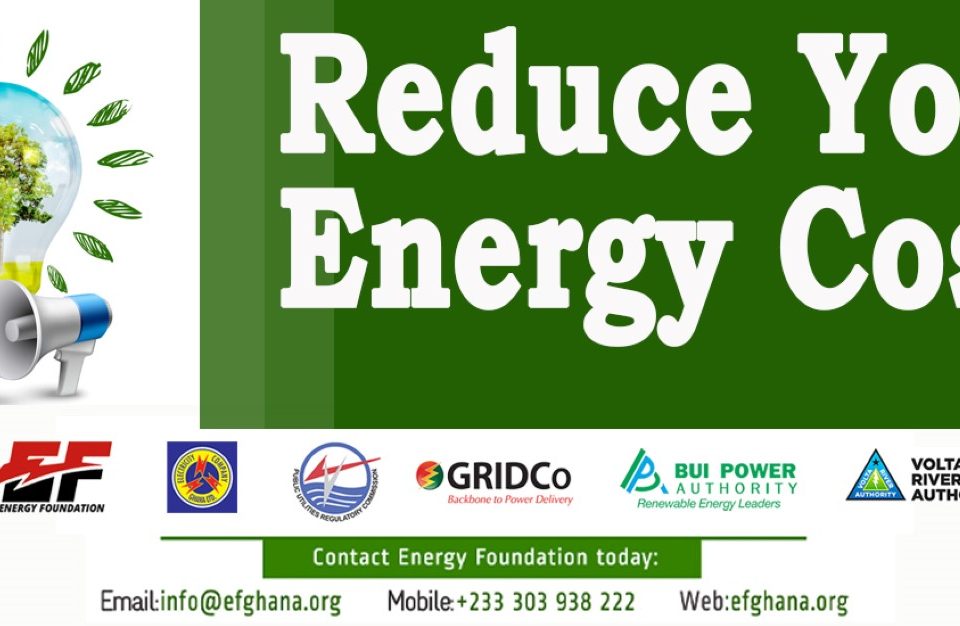
FANS
June 21, 2024- LED lamps use about 75% less energy than other traditional light bulbs. This means that LED bulbs are incredibly efficient.
- Keep light fixtures and lamps clean and dust free. Dust layers on your bulb can absorb as much as 30% of the needed brightness.
- Select lamps with enough brightness for the intended purpose.
- Make maximum use of daylight.
- Switch off lights in rooms, toilets, bathrooms when not in use.
- For offices with low occupancy rates, install simple electronic controls such as PIR Sensors (Passive Infrared Sensor). They ensure that lights are automatically switched off when rooms are not occupied for more than a predetermined period.
- Too many outside lights do not necessarily provide security. Infrared Sensors or motion detectors are a more energy efficient solution.
- Get expert advice when designing the lighting system for your building. Don’t use more lighting than recommended for the task space. Save energy through expert advice.
- Light-coloured wall reflects better than darker walls. White for instance is a good reflector of light.
- You can save energy by using low-wattage table lamps for reading rather than using general lighting.
- You can use corner Lamps rather than ceiling mounted lights to increase the illumination in your room by reflection from three surfaces instead of one. This is more energy efficient.
- When it’s time for lighting replacement;
- Replace CFL and halogen lamps with LED lamps.
- Replace fluorescent lamps with linear LED lamps.
| FEATURES | LED LAMPS | COMPACT FLOURESCENT LAMPS (CFL) |
| Brightness | 400-500 Lumen (Enough to light up a 20m2 room) | 400-500 Lumen (Enough to light up a 20m2 room) |
| Wattage | 6 | 11 |
| Service Lifespan | 50,000 hours (11.4 years) | 8,000 hours (1.8 years) |
| *Energy Consumption per year | 26.28kWh | 48.18kWh |
| ** Energy Cost per year | GHc 11.04 | GHc 20.23 |
| Energy Cost over 11 years | GHc 121.44 | GHc 222.53 |
* Based on 12 hours per day;
** 1 kWh = GHc 0.42 (Based on PURC Residential Tariff Reckoner)



